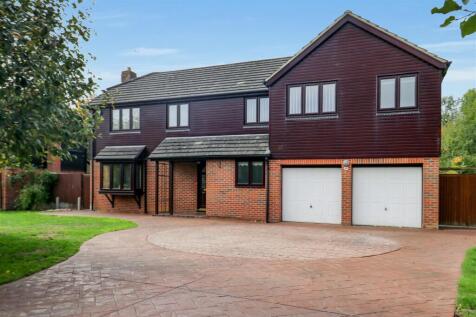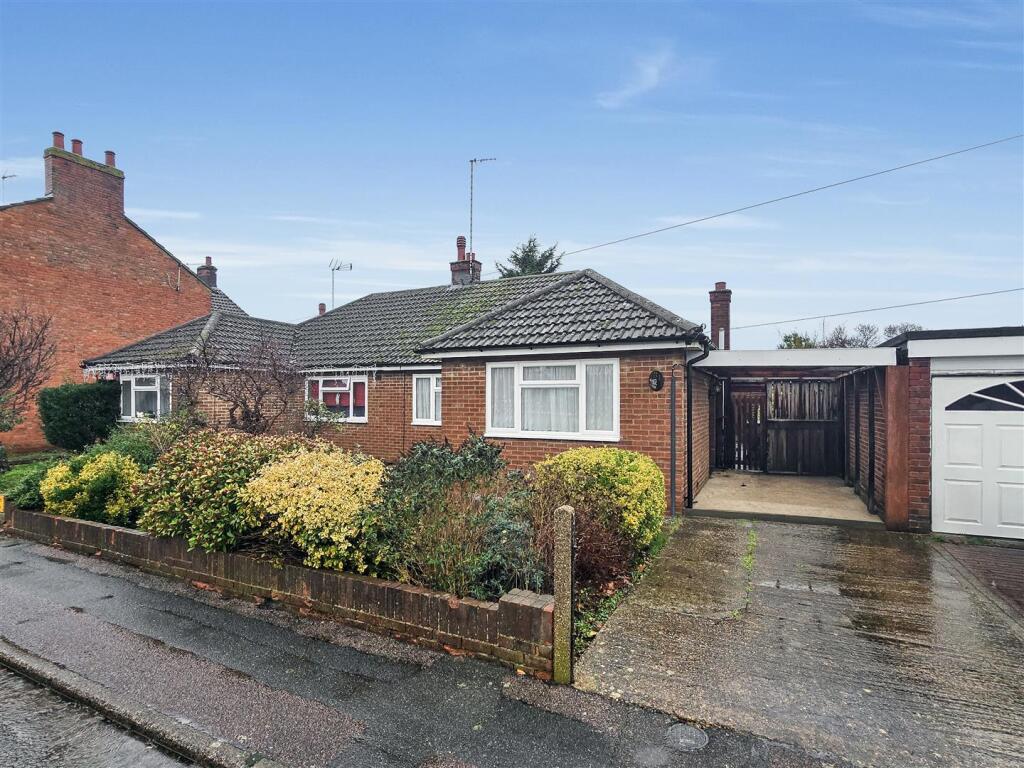
Cauldwell Property Services, Milton Keynes
The Vizion, 350 Avebury Boulevard, Milton Keynes, MK9 2JH

CALL 01908 304480 TO ARRANGE A FREE VALUATION
Cauldwell enjoys a prime location in the very heart of Milton Keynes. We are situated on the edge of Sainsburys, adjacent to the hub development where occupiers include Brasserie Blanc and Loch Fyne.
Sold Properties
Disclaimer: The content on this Microsite has been uploaded by Cauldwell Property Services, Milton Keynes. Rightmove Group Limited makes no warranty as to the accuracy or completeness of the content, any queries should be sent directly to Cauldwell Property Services, Milton Keynes. Where properties are displayed on a page, this comprises a property advertisement. Rightmove Group Limited who operate the website Rightmove.co.uk makes no warranty as to the accuracy or completeness of the advertisement or any linked or associated information, and Rightmove has no control over the content. These property advertisements do not constitute property particulars. The information is provided and maintained by Cauldwell Property Services, Milton Keynes. Please contact the agent directly to obtain any information which may be available under the terms of The Energy Performance of Buildings (Certificates and Inspections) (England and Wales) Regulations 2007 or the Home Report if in relation to a residential property in Scotland and if you have any query over the content.


















